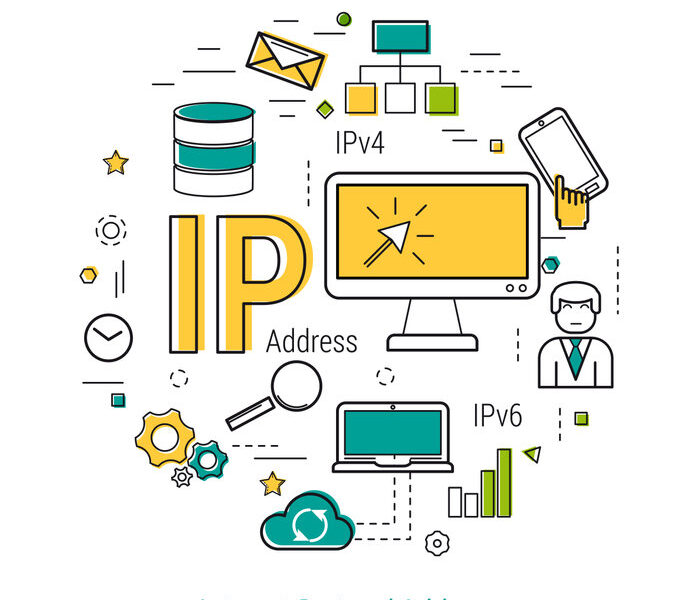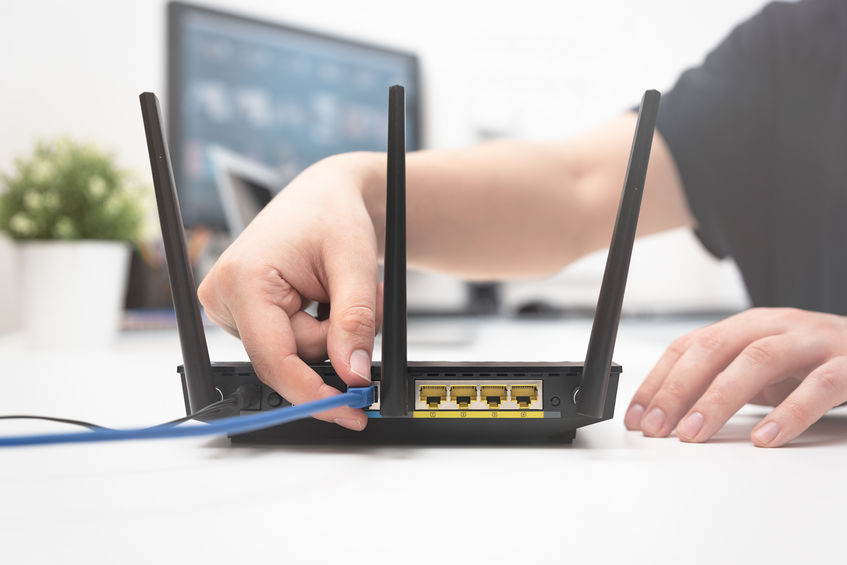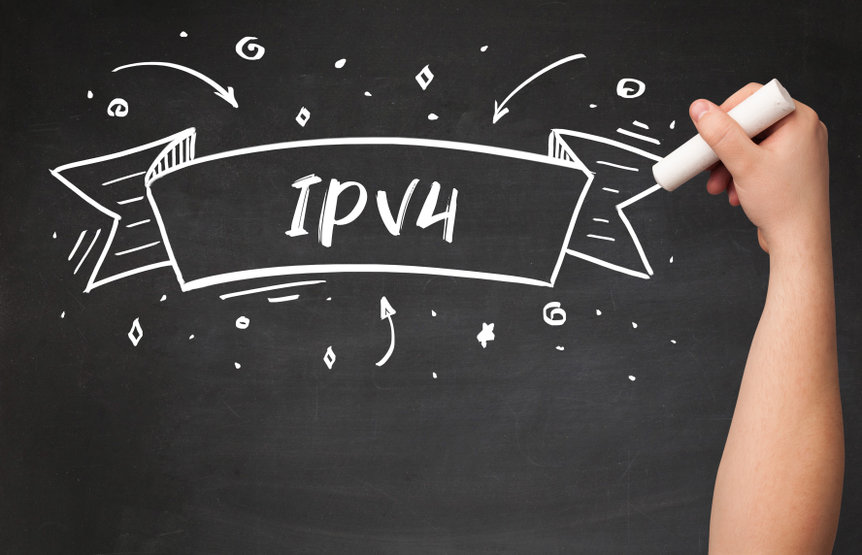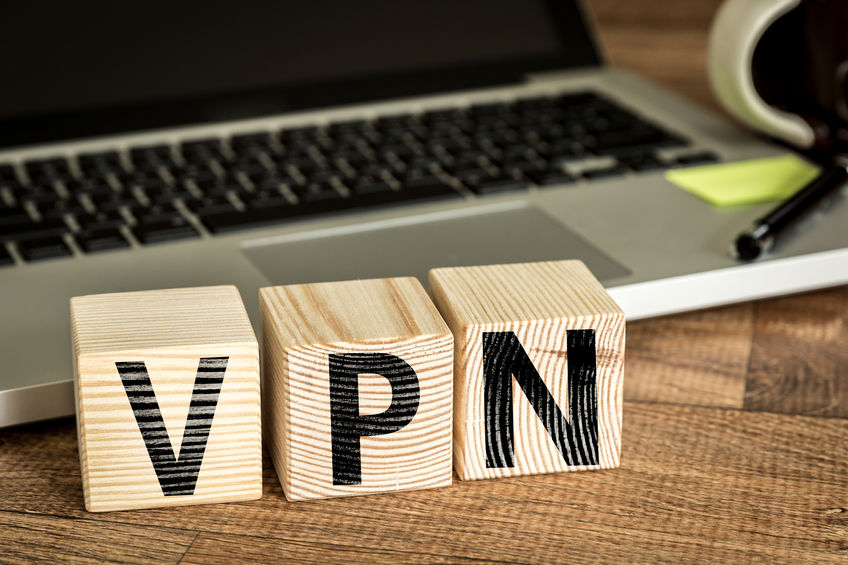Today we will explore the User Datagram Protocol. First, we will explain its purpose, and then we will see its history and how it was created. Finally, we will explore its applications and the differences between UDP and TCP/IP.
The purpose of the User Datagram Protocol
UDP stands for User Datagram Protocol. It is a key component of the Internet protocol suite. It allows us to link various Internet services with minimal latency and loss tolerance.
The User Datagram Protocol speeds up communication by allowing data to be delivered before the recipient agrees. As a result, for time-sensitive communications such as DNS lookups, Voice over IP (VoIP), video, or audio transfers, User Datagram Protocol is the preferable technique.








